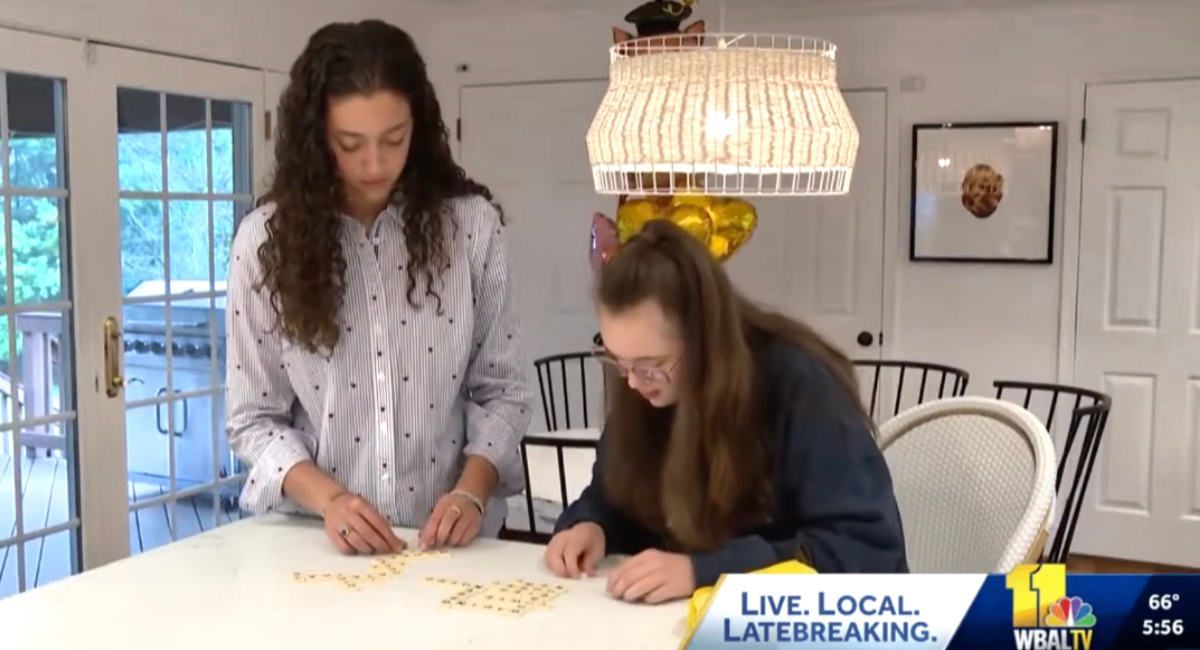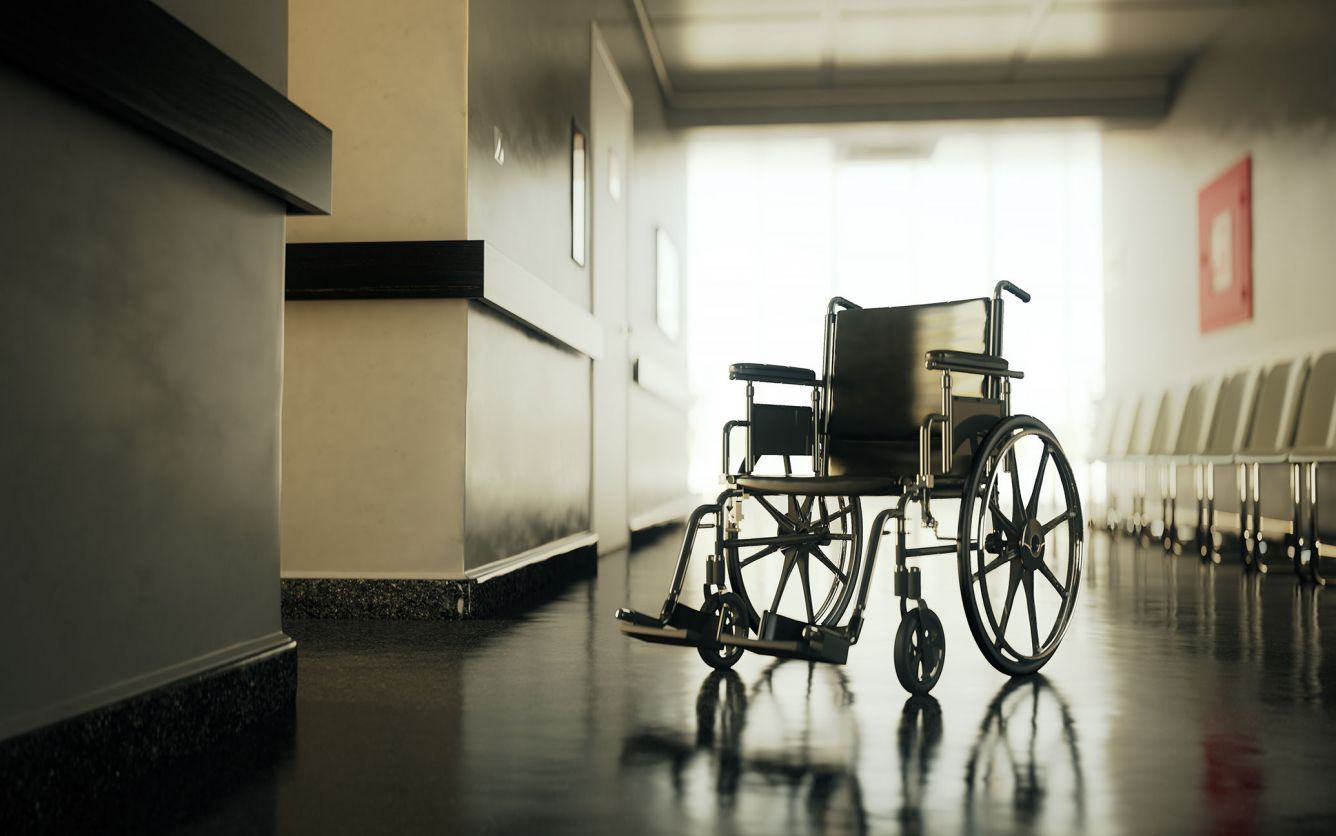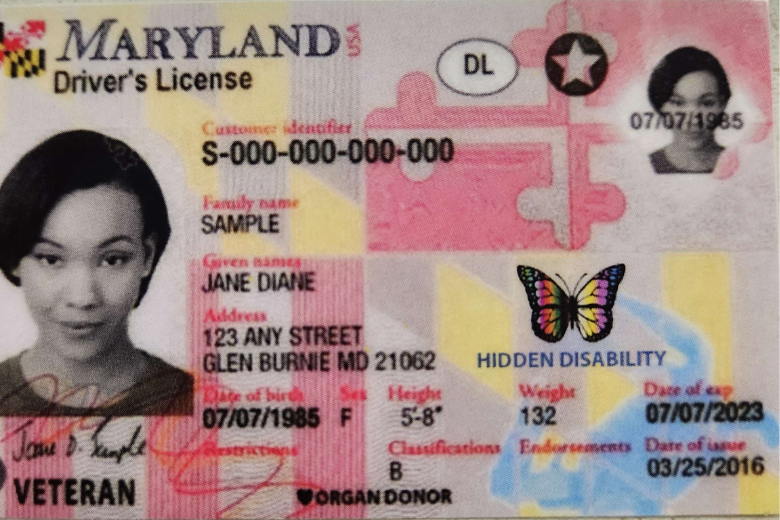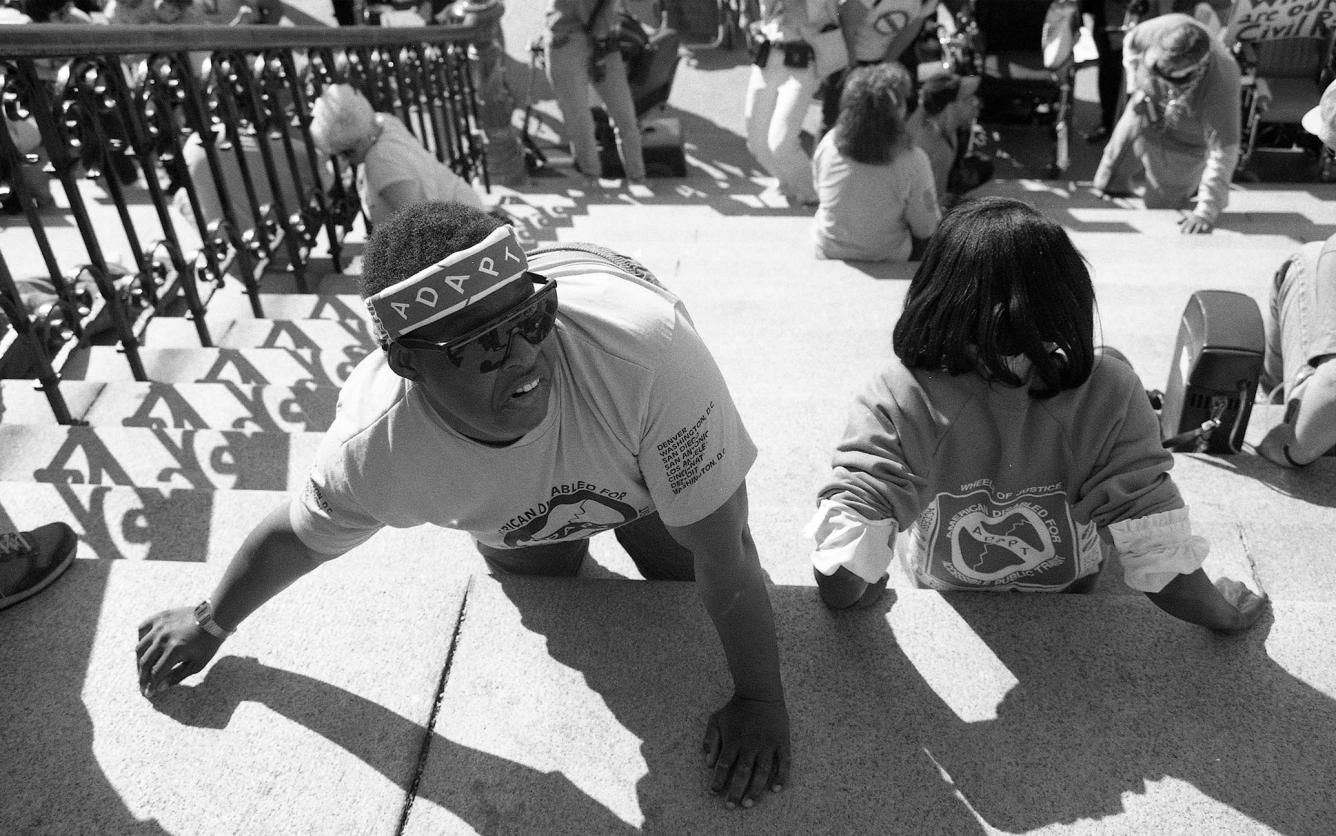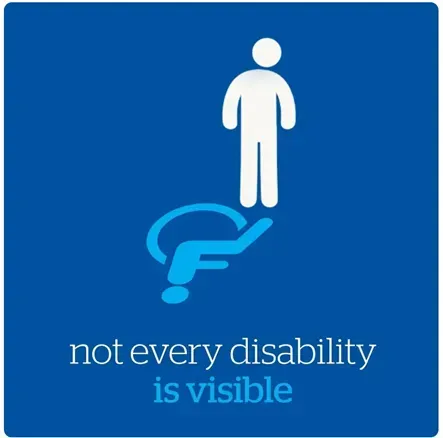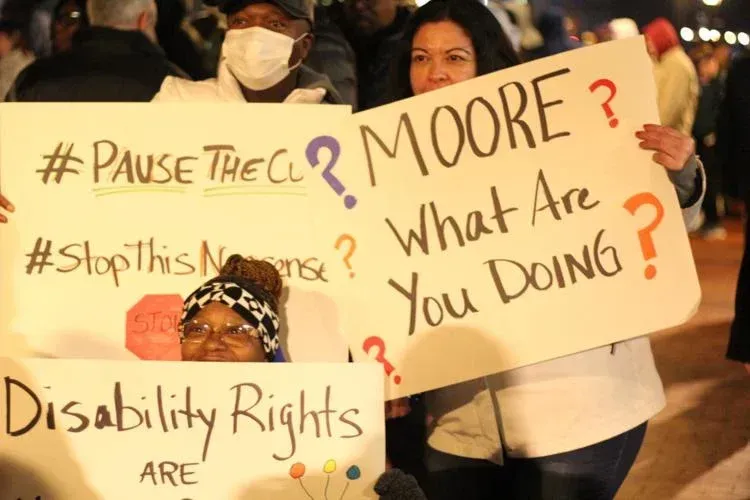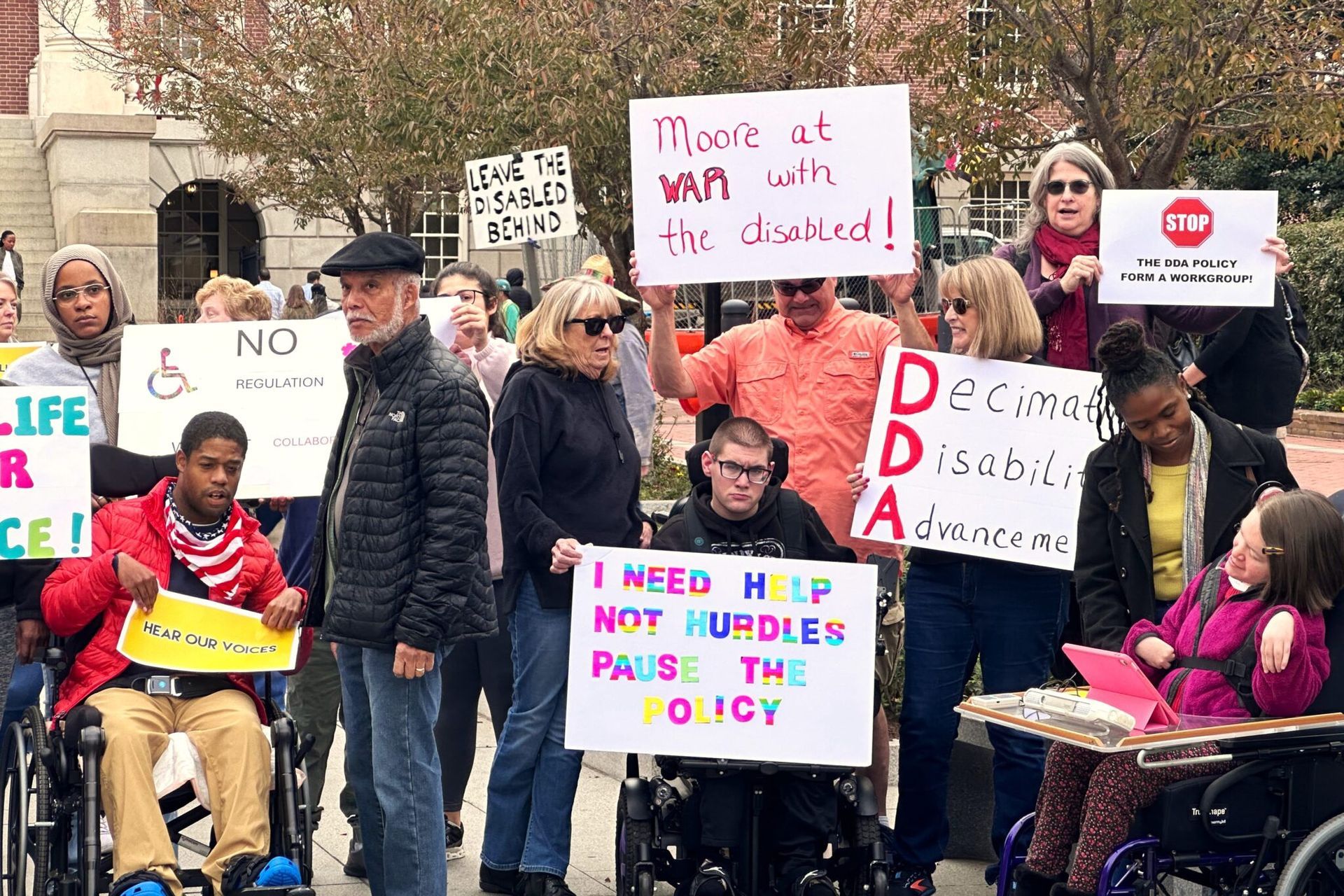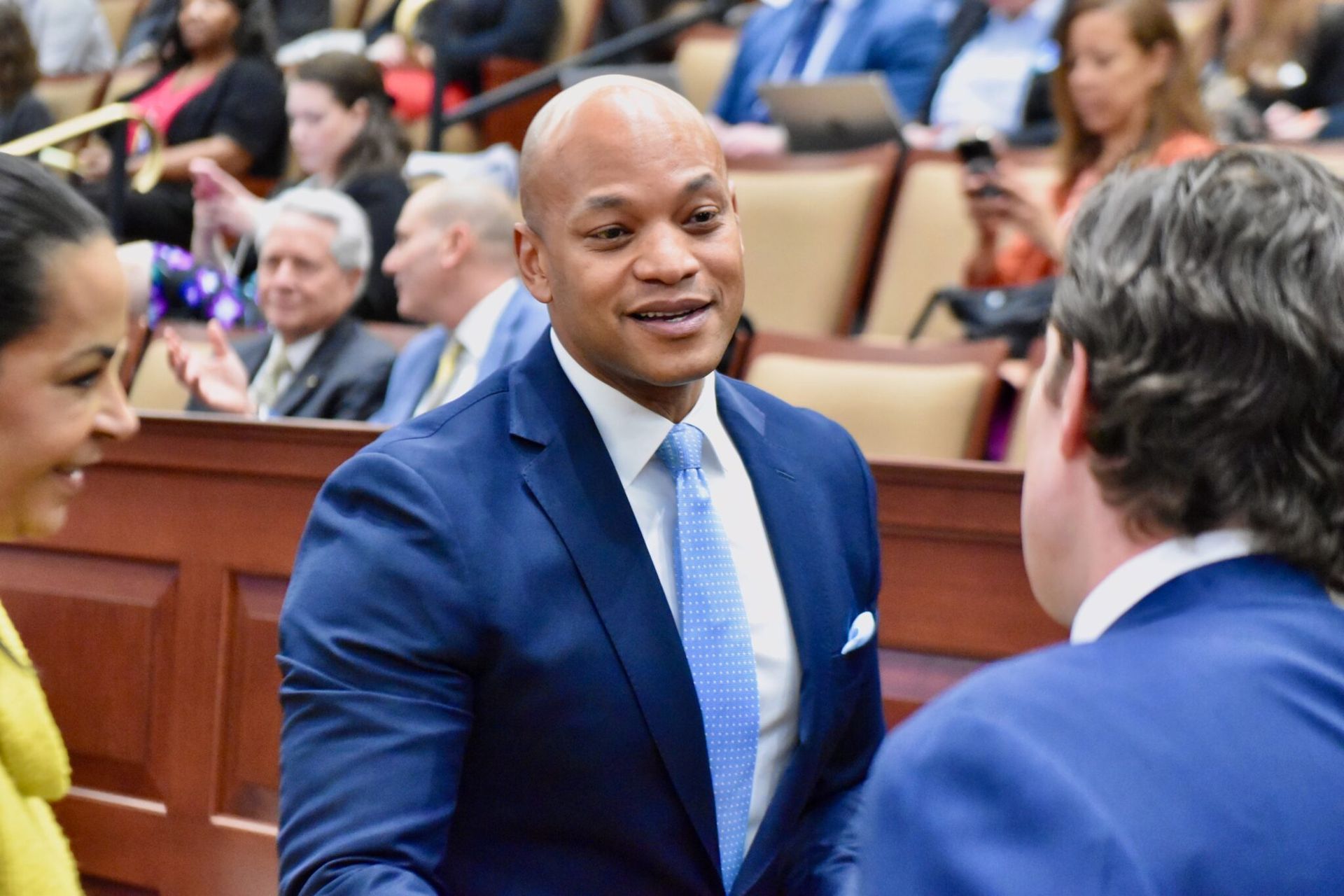More States Move To Phase Out Subminimum Wage
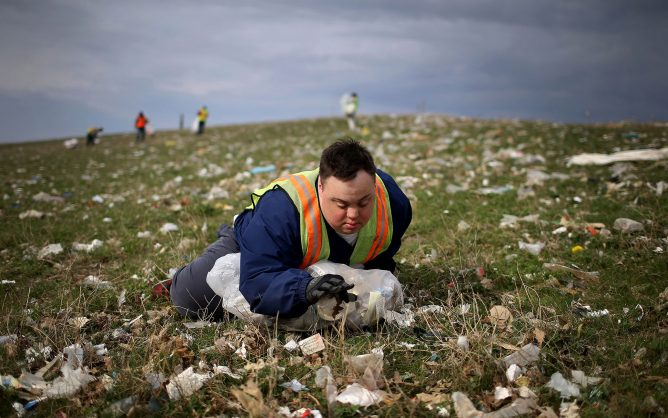
MINNEAPOLIS — Krystal Halford recalls feeling jubilant after landing a job at an assembly plant in Eagan that employs people with disabilities.
But after opening her paycheck, Halford’s excitement turned to dismay. For two weeks of work, Halford discovered that she had made just $100 — amounting to less than $4 an hour. “It sent a message that I wasn’t valued, that I didn’t deserve what others have because I happen to be different,” said Halford, 32, who has Asperger’s syndrome, a developmental disorder.
Halford is among thousands of Minnesotans who have been paid less than the minimum wage solely because they have a disability. They work at dozens of centers across the state, known as sheltered workshops, that are allowed under a loophole in federal law to pay people with disabilities based on their productivity, rather than a fixed hourly rate. In many cases, their pay amounts to less than $1 an hour for basic tasks such as sorting and packaging merchandise, shredding paper or picking up garbage on work crews.
More than 8,000 Minnesotans with a range of disabilities, including Down syndrome, cerebral palsy and autism spectrum disorder, attend these cloistered workplaces — among the most of any state, according to federal workforce data.
Now, this separate and unequal payment regime is coming to an end. This month, after years of pushing by disability advocates, Minnesota became the latest state to move to abolish the practice of paying people with disabilities a subminimum wage. Tucked deep inside a 533-page budget bill is a measure that establishes a task force to develop a plan to phase out subminimum wages by August 2025.
Lawmakers also approved $14.1 million in grants to help disability service providers transform their business models and boost work options in the community.
The practice of paying subminimum wages began in the Great Depression as a way to give people with disabilities a chance to learn job skills. But in recent years, the practice has come to be seen as discriminatory, exploitative and a violation of civil rights under the Americans with Disabilities Act. A Star Tribune investigation in 2015 found that many of those in Minnesota’s workshops spend years toiling in poverty and isolation with little hope for advancement. At least eight states — including Colorado, Maryland, Oregon and Washington — have moved to prohibit subminimum wage employment in the hope of integrating more people with disabilities into the general workforce.
And early this year, President Joe Biden signaled his desire to end subminimum wages as part of his broader proposal to boost the federal minimum wage to $15 an hour for all workers, including those with disabilities.
“The world is moving in this direction,” said Jim Abeler, a state senator in Minnesota who chairs the Human Services Reform Finance and Policy Committee. “Everyone deserves a chance to be as independent as possible — and they shouldn’t be trapped in a subminimum wage job when they could work at a market wage.”
But the move to phase out subminimum wages is expected to force dramatic changes at approximately 80 centers across the state that provide a wide range of support services for people with disabilities. Many of these facilities — sometimes called “day activity centers” — have long struggled to find skilled workers for their clients. The demand for more staff is expected to intensify as centers transition more people to jobs in the regular workforce. People may require one-on-one job training, transportation and other services, providers said.
Many parents of adult children with disabilities have vigorously supported the alternative wage system, partly due to fears that their children will have nowhere to go if workshops close. In many smaller towns across Minnesota, workshops are bustling hubs of activity, where individuals make social connections and participate in crafts and learning activities. Many centers are the primary source of transit for adults with disabilities, shuttling them to and from work and activities in the community.
Each morning, about 60 adults with disabilities arrive at Options Inc. in Big Lake to do light assembly work, such as packing tools in boxes. These individuals are paid based on the number of products they sort or package each hour — a system known as piecework, which is allowed under a special section of the 1938 Fair Labor Standards Act.
Brenda Geldert, executive director of Options, said clients are asked several times a year if they would like to work in the community — and efforts are made to place people in mainstream jobs. Even so, many of the center’s clients prefer coming into the center, where they have developed strong friendships and “a sense of purpose,” Geldert said. “We have people who love it here and who absolutely do not want to pursue independent employment,” she said.
Jim Clapper, co-chairman of a grassroots coalition of Minnesota families with loved ones with disabilities, has been an outspoken supporter of subminimum wage employment. The system gave his 34-year-old son, Bob, who has Down syndrome, the opportunity to become accustomed to a structured work environment and build social skills, he said. After three years in a workshop, Bob gained enough confidence to transition to a mainstream job at a supermarket in St. Paul.
“My son’s skills and work ethic took a long time to develop, and he never would have gotten there were it not for the (workshop),” Clapper said.
“I would hate to see these choices evaporate.”
Yet some individuals with disabilities describe the experience of working in sheltered workshops as dehumanizing.
Alex Jaffe, 33, who has Asperger’s syndrome and attention deficit hyperactivity disorder, recalled the tedium of spending his days packing zip ties into plastic bags at a workshop. When orders were slow, they would sometimes empty the bags and redo the work just to stay busy. Because Jaffe was paid based on his productivity, he received no income when orders stopped or a machine broke down.
Jaffe, who is now employed as a security guard at $19 an hour, said no one ever asked him about his career ambitions or told him he was capable of working in the community at a higher wage. “It was a whirlpool of despair,” said Jaffe, who left the workshop and eventually received a bachelor’s degree in criminal justice. “It’s the mind-numbing nature of the work that leaves you wondering, ‘Will I ever get a slice of the American dream?'”
Noah McCourt, a disability rights advocate with autism spectrum disorder, recalled feeling “hurt and confused” when he received his first paycheck at a workshop in Watertown, where he sorted recycled garbage on a conveyor belt. His total earnings for two weeks were a mere $18. It was only later, when McCourt went online to research federal wage laws, that he discovered that America had a separate pay system for people with disabilities.
“Looking back on it, there was no expectation that you could ever amount to anything better,” McCourt said.
Despite recent efforts to expand work opportunities, Minnesota still has one of the lowest rates of integrated employment in the nation for people with intellectual and developmental disabilities. A 2020 state survey found that only 57% of adults with developmental disabilities report having a job with income — largely unchanged from a decade ago. Only 17% of Minnesotans with developmental disabilities believed their employment prospects would improve in the next two years, the survey found.
“It saddens me to say this, but there is still a strong institutional bias in Minnesota against hiring people with disabilities,” said state Sen. John Hoffman.
Halford said she has tried to forget the 18 months she spent at a sheltered workshop. The pay was so low that she would regularly skip meals to save money and could not afford outings with friends. Since leaving the facility, Halford has founded her own online jewelry and gift business and landed work at a Cub Foods supermarket for nearly $13 an hour.
“I still feel like part of my life was taken from me,” Halford said. “You can’t treat grown adults like children and expect them to be happy.”
© 2021 Star Tribune
Distributed by Tribune Content Agency, LLC

